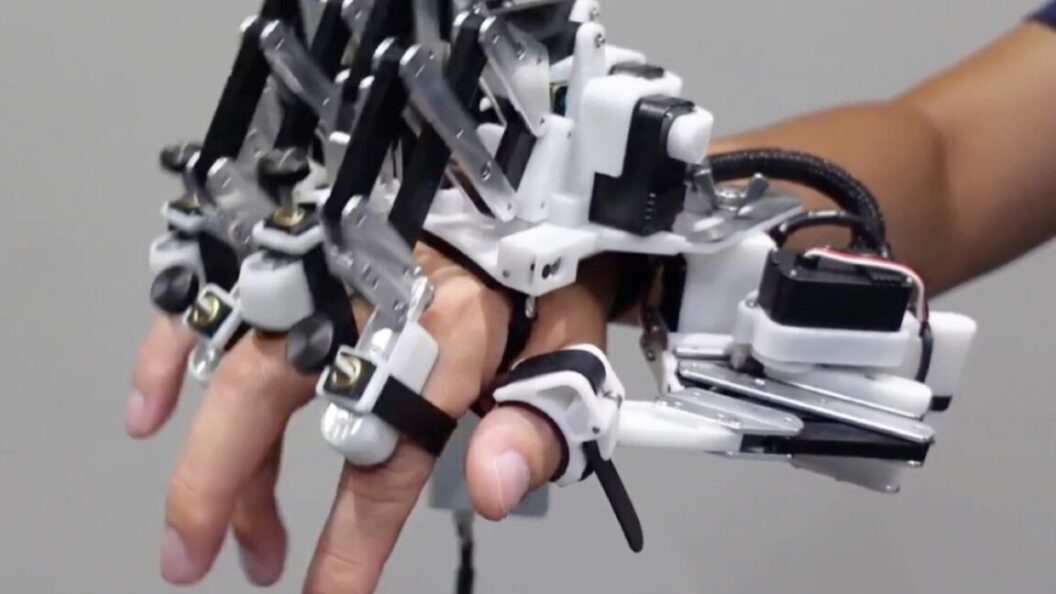Robotic Exoskeletons: A New Tool for Pianists
A groundbreaking study has emerged suggesting that a robotic exoskeleton hand can significantly enhance the practice of pianists, helping them to push past skill plateaus known as the "ceiling effect." Published in the journal Science Robotics, the research presents the potential for this innovative tool to change the ways musicians train without risking injury from overpractice.
The Research Motivation
Shinichi Furuya, a co-author of the study and a pianist himself, intimately understands the challenges faced by musicians. After suffering a hand injury due to excessive practicing, Furuya sought alternatives to traditional practice that would allow him to improve his skills without jeopardizing his health. "I was suffering from this dilemma, between overpracticing and the prevention of the injury," Furuya stated in an interview with New Scientist. Reflecting on his lessons, he recalled how instructors would position their hands over his to demonstrate advanced techniques. This memory inspired him to explore the possibility of replicating that guidance through robotic technology.
The Custom Robotic Hand
In collaboration with other researchers, Furuya developed a sophisticated exoskeleton capable of independent finger movements. This invention marks a significant departure from previous studies focused on simpler mechanical functions, such as assisting with postural stability or basic grips. The design allowed for complex finger motions, mirroring the nuanced requirements of piano playing.
Experimental Trials with Pianists
To evaluate the effectiveness of the robotic hand, the team conducted three distinct experiments involving 118 pianists. The first experiment focused on a specific motor task known as a "chord trill." Over two weeks, participants practiced striking certain combinations of piano keys using designated fingers. The chosen chords are notoriously difficult and appear in well-regarded classical pieces such as Chopin’s Etude Op. 25 No. 6 and Beethoven’s Piano Sonata No. 3. The aim was to assess whether using the exoskeleton could enhance speed and accuracy in executing these challenging maneuvers.
Potential Benefits and Broader Applications
The findings from these trials indicate that the use of the robotic hand facilitated improvements in both speed and precision among participants, effectively suggesting that robotic assistance can complement traditional practice. This technology promises not only to aid pianists but also holds implications for rehabilitation practices for musicians recovering from injuries, potentially allowing them to regain their skills while minimizing the risk of re-injury.
Addressing Controversies and Concerns
While the study presents promising results, there are questions that arise regarding the long-term reliance on robotic aids in learning complex skills. Critics might argue that the essence of musical artistry stems from personal touch and emotional expression, which could be undermined by an over-reliance on technology. Nonetheless, Furuya and his team believe that their robotic hand is intended as a supportive tool to enhance rather than replace traditional methods of learning.
Conclusion: A New Horizon for Musicians
The introduction of robotic exoskeletons into the realm of music training opens a new frontier for how musicians can refine their skills. With technology advancing rapidly, the intersection of robotics and artistry holds great promise. The potential to overcome physical limitations while enhancing performance skills not only benefits musicians but could also reshape practices in various artistic fields, leading to greater accessibility and innovation in skill acquisition. As this field of research develops, the broader implications for both the musical community and rehabilitation practices warrant close attention.









